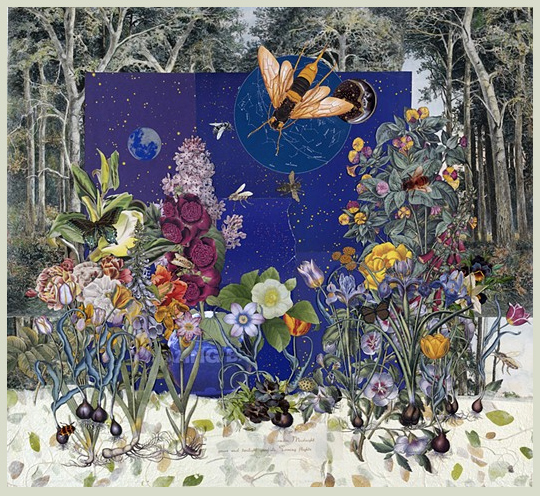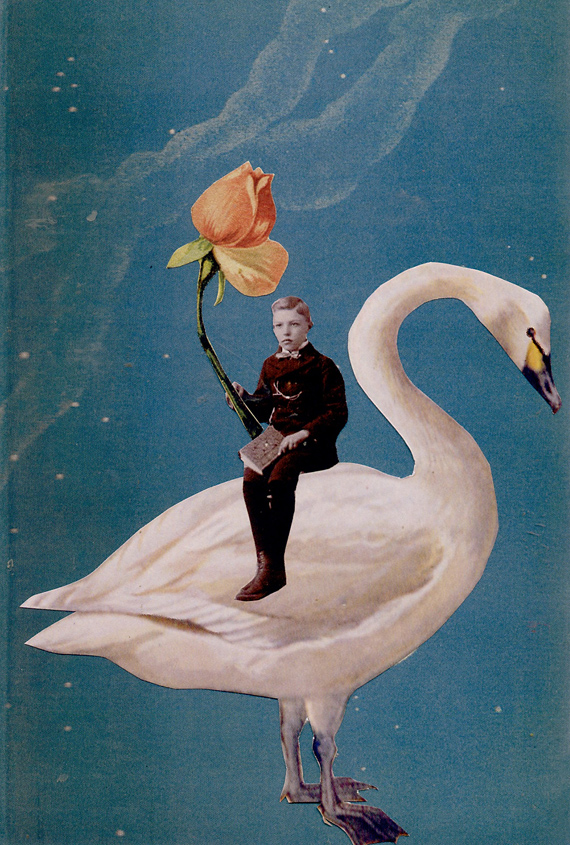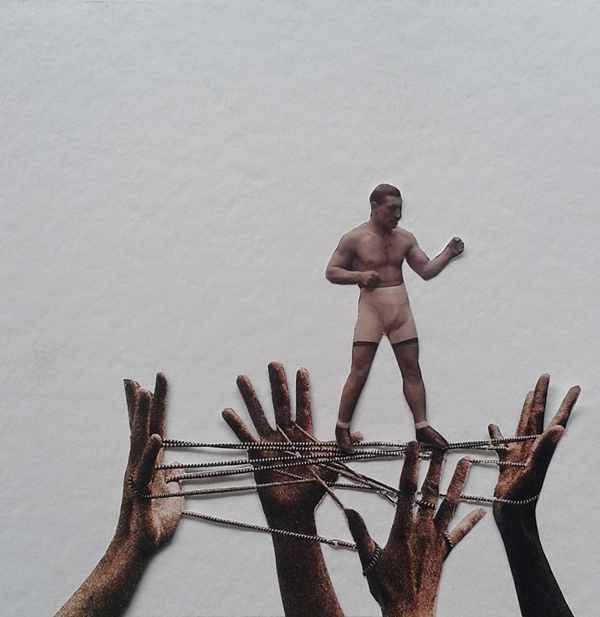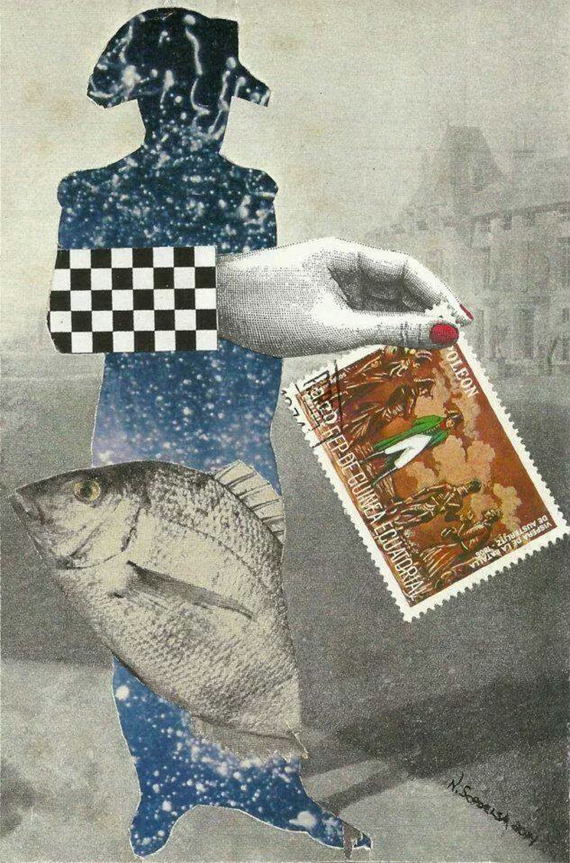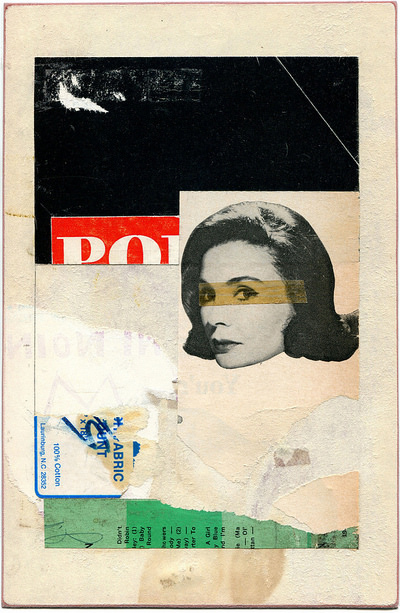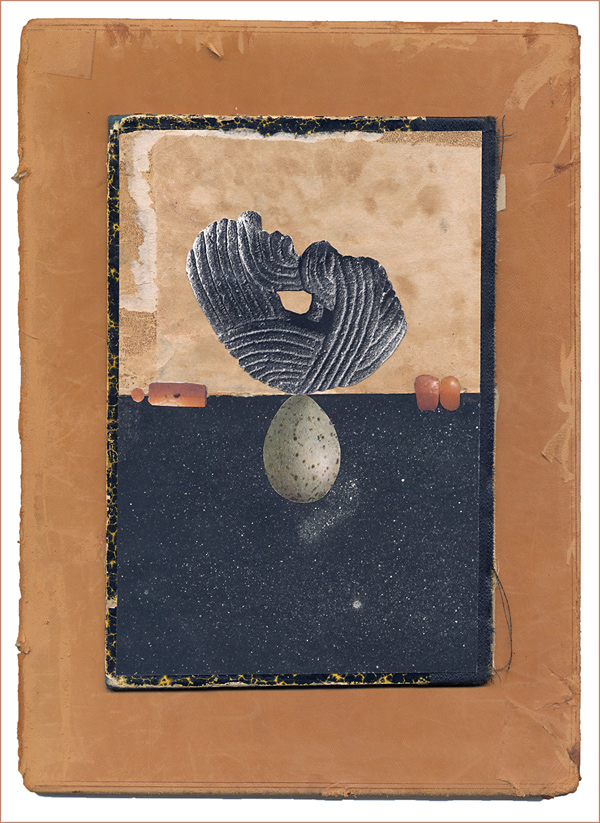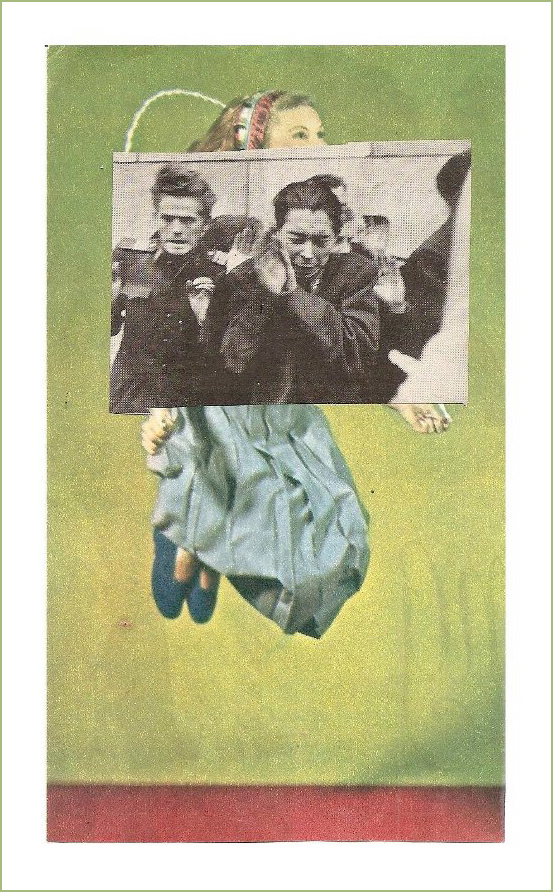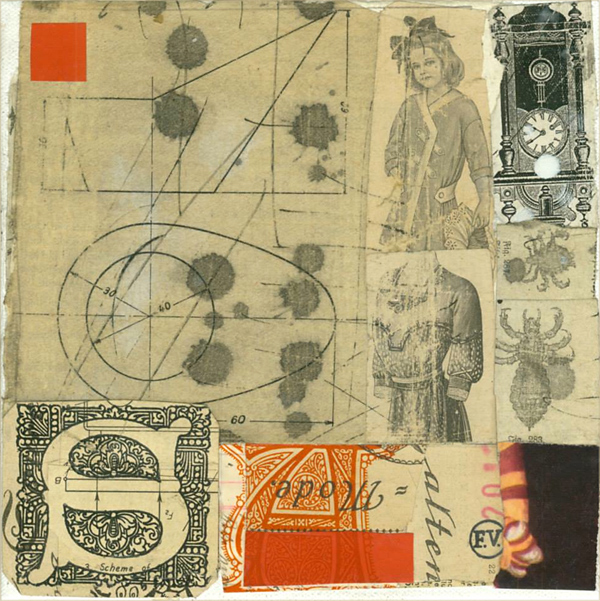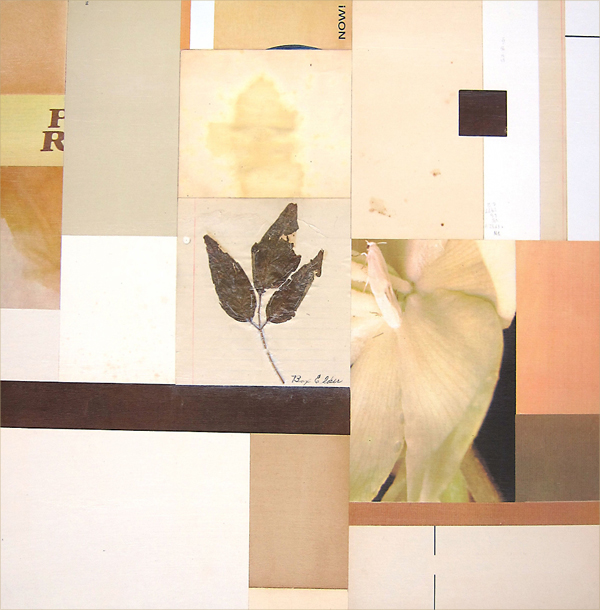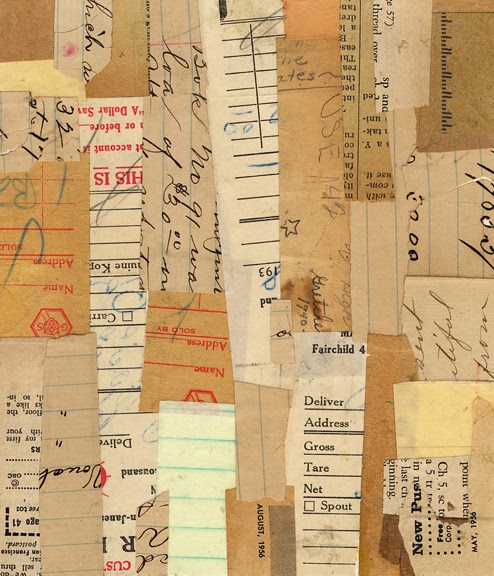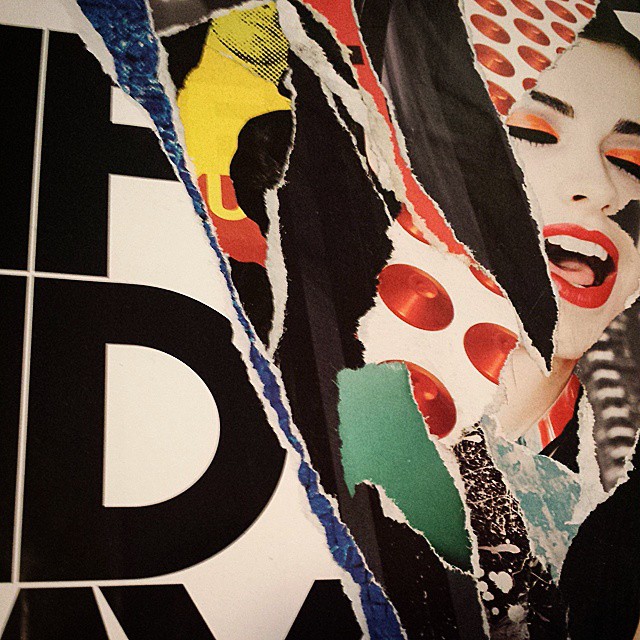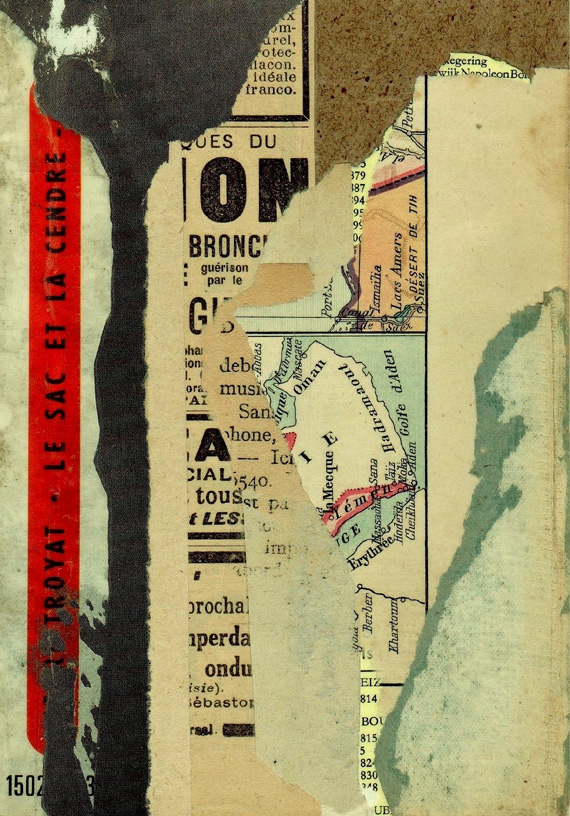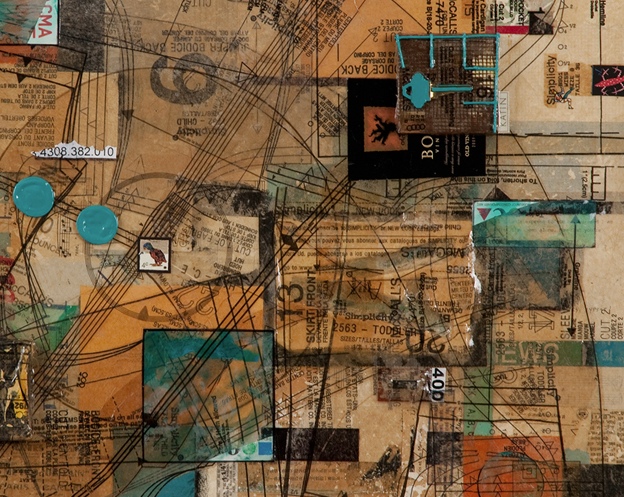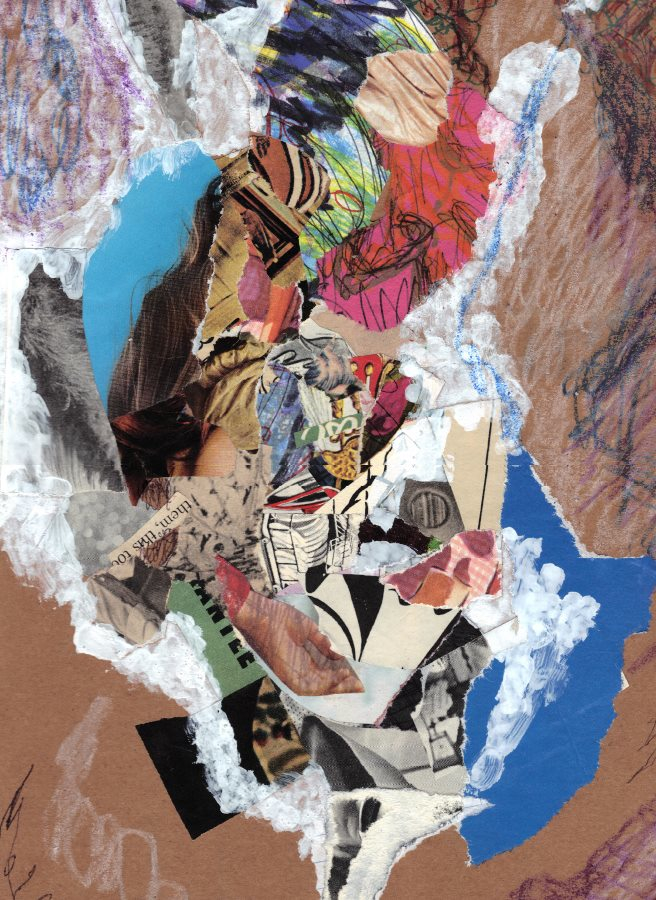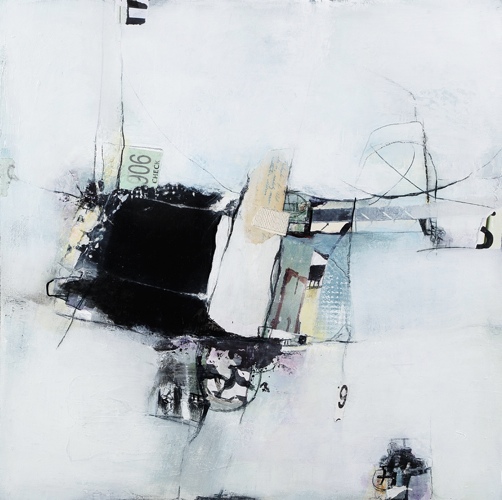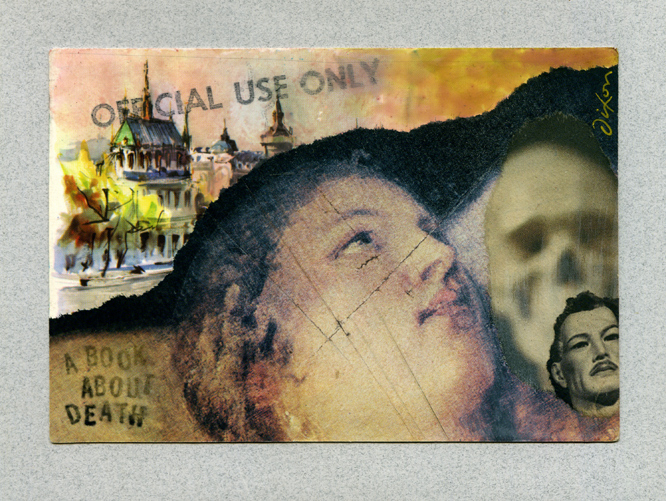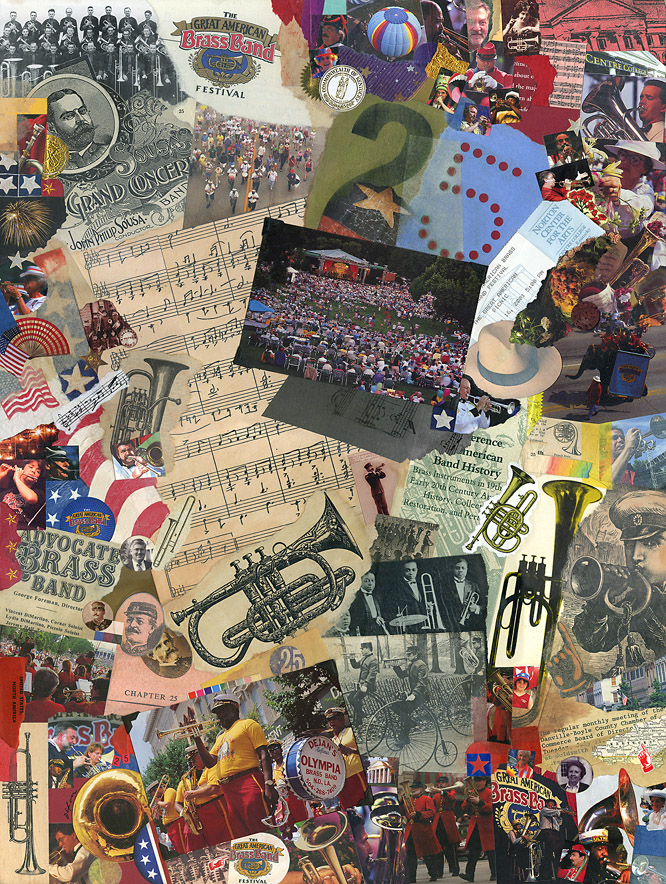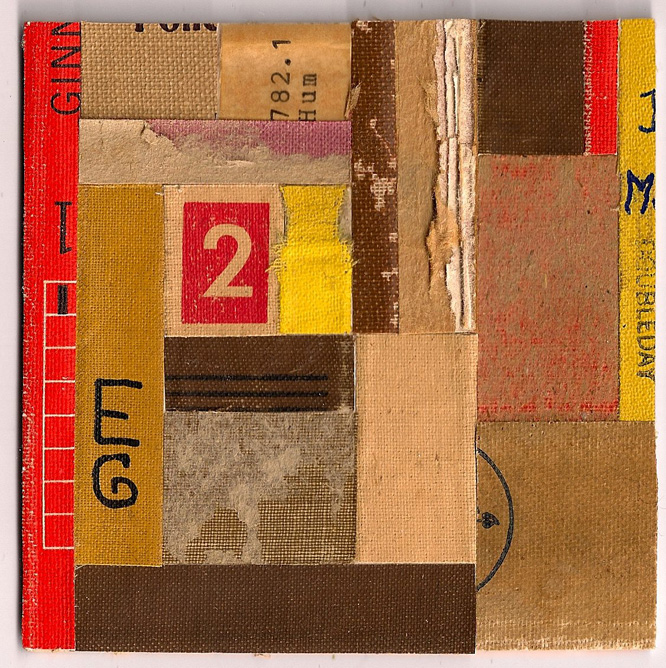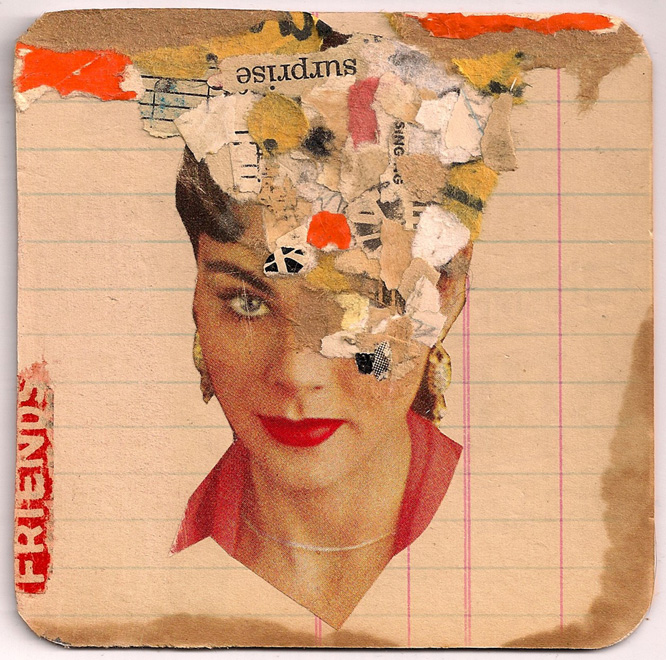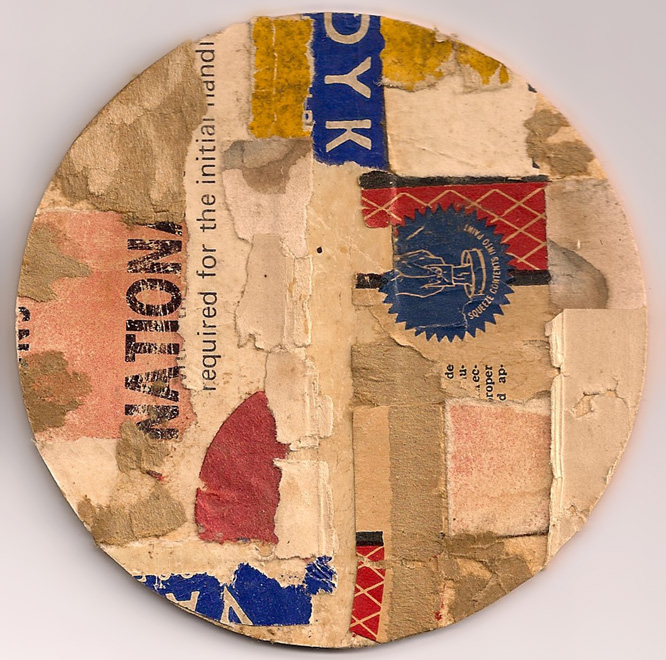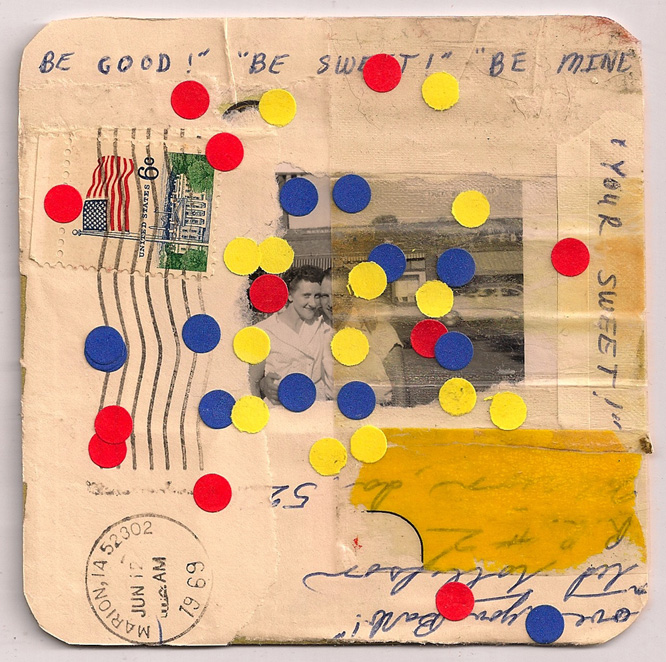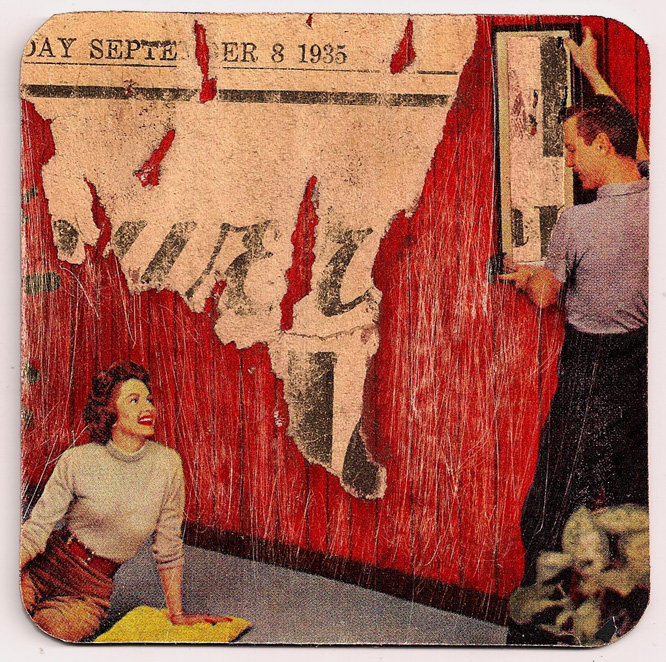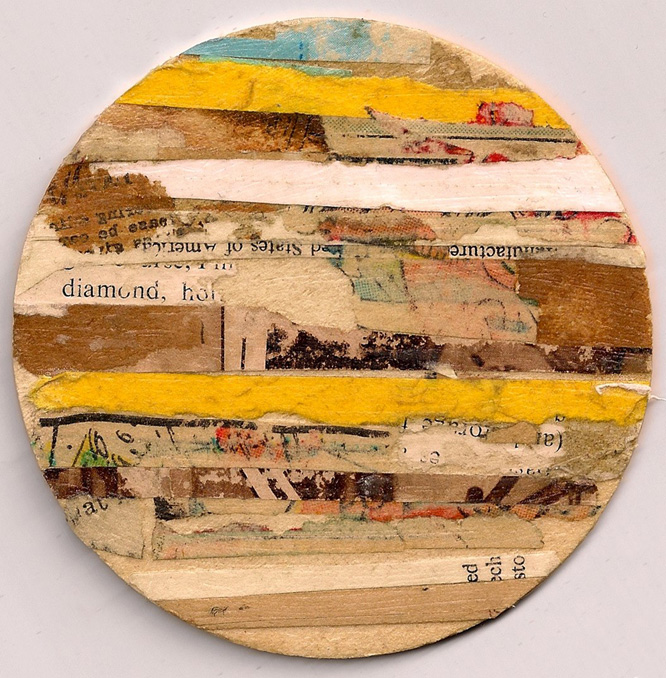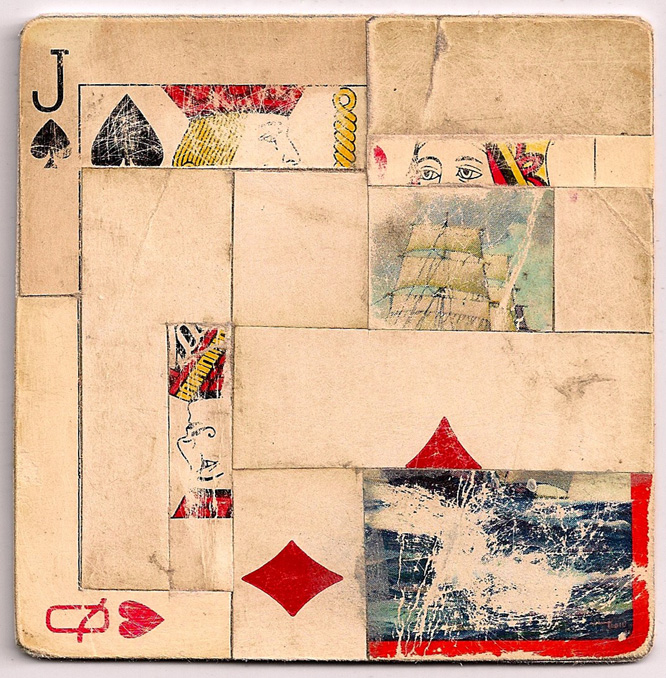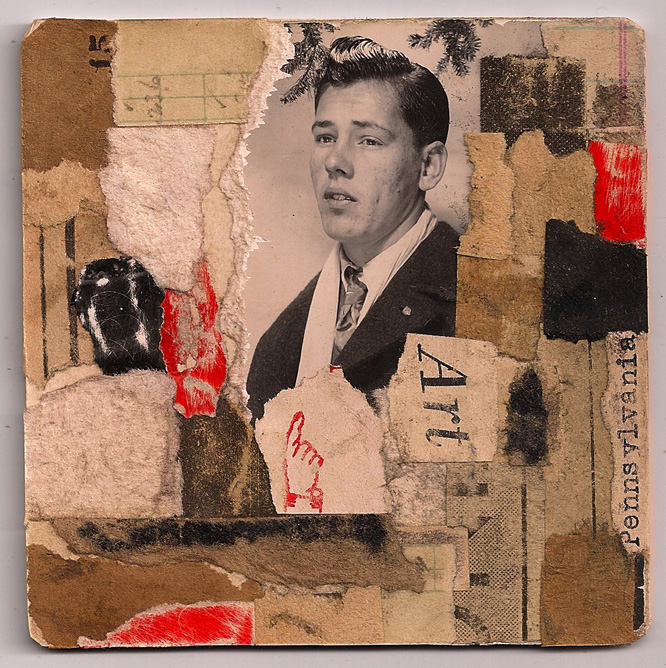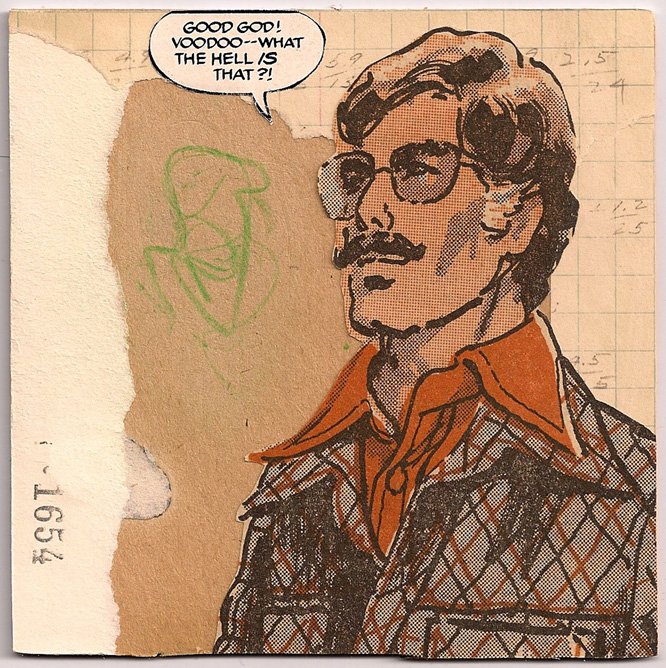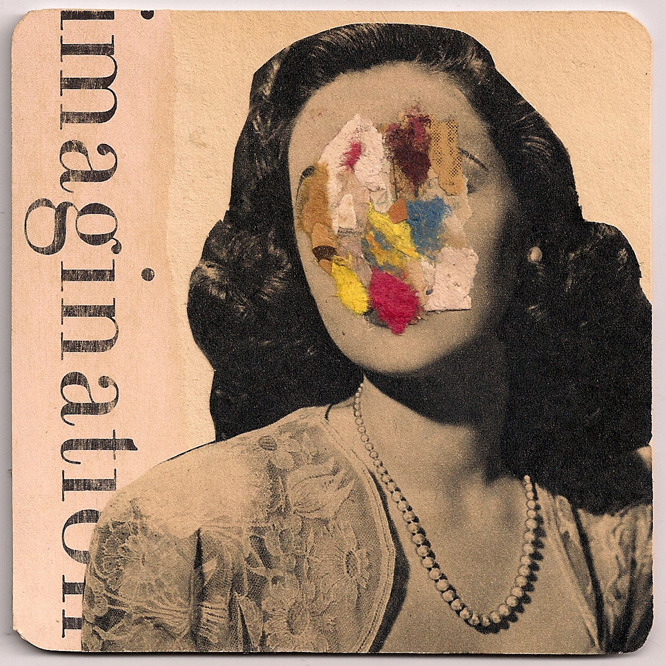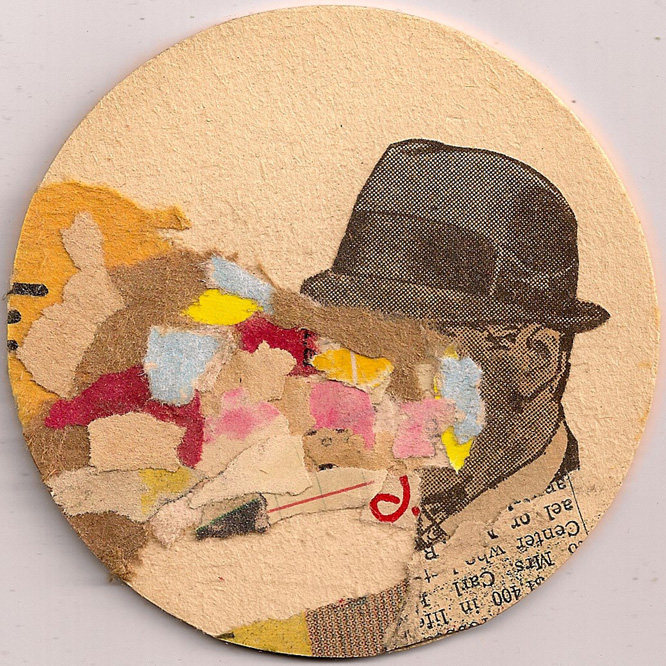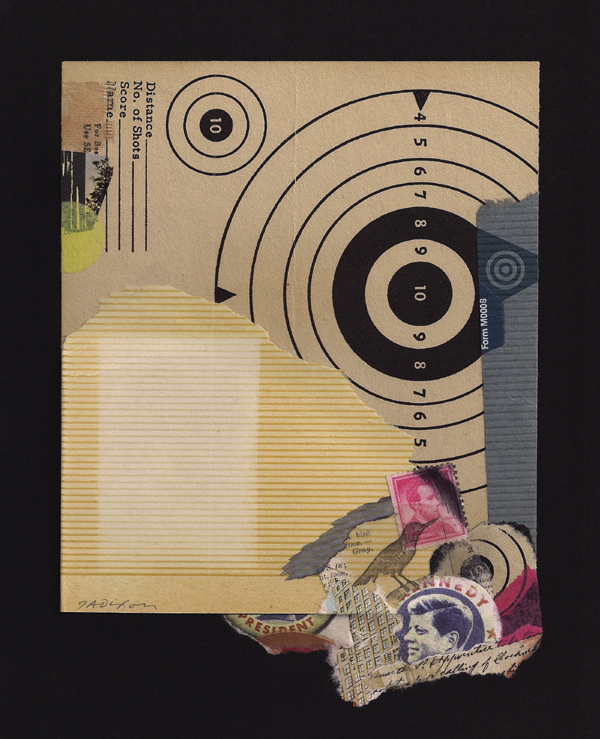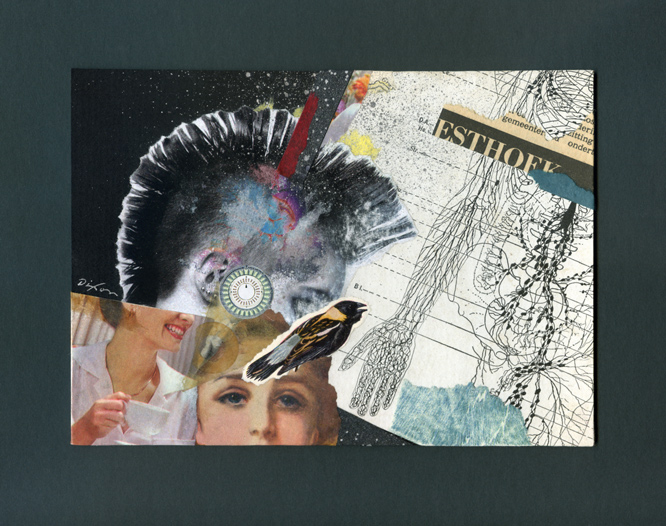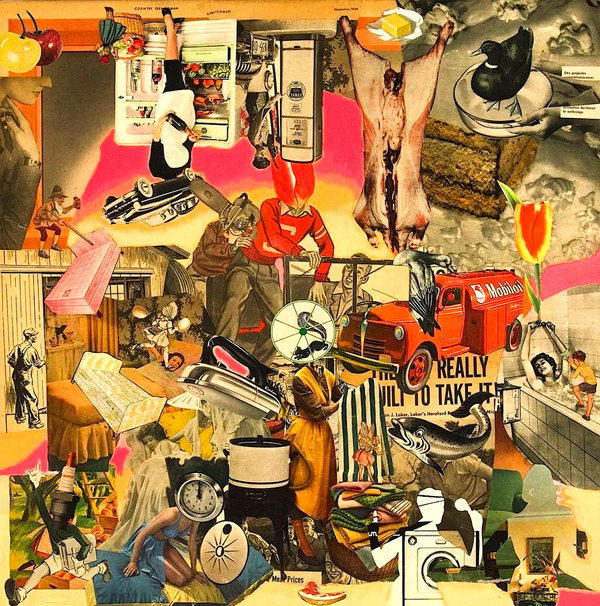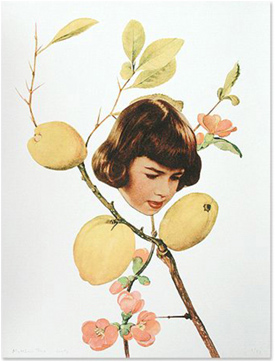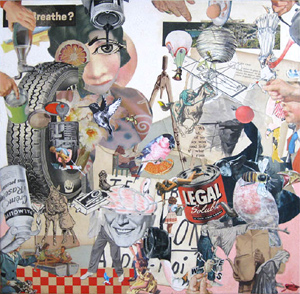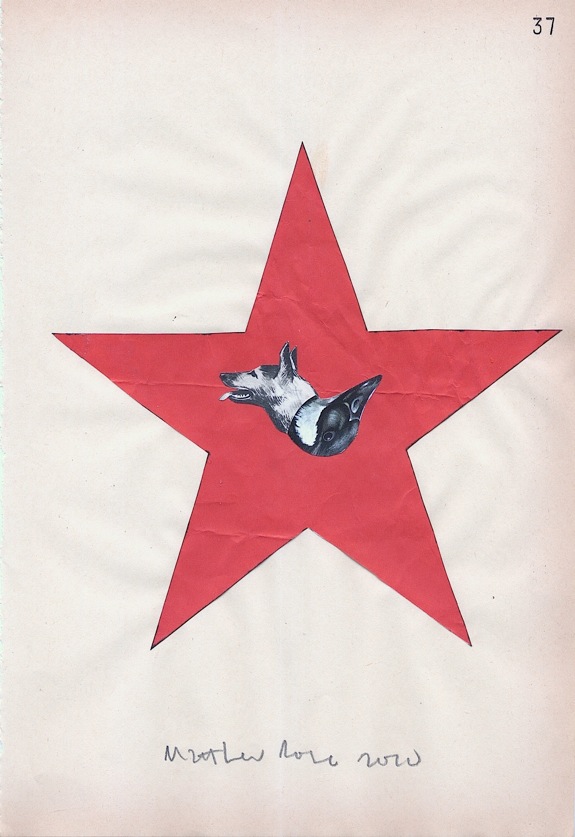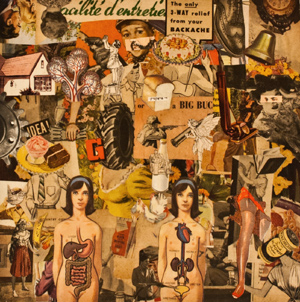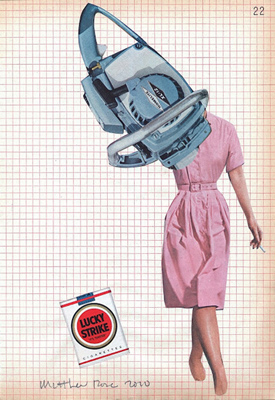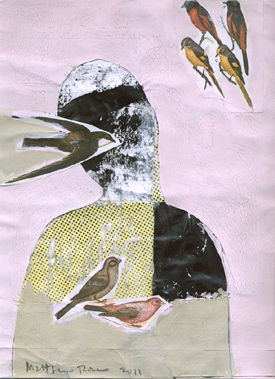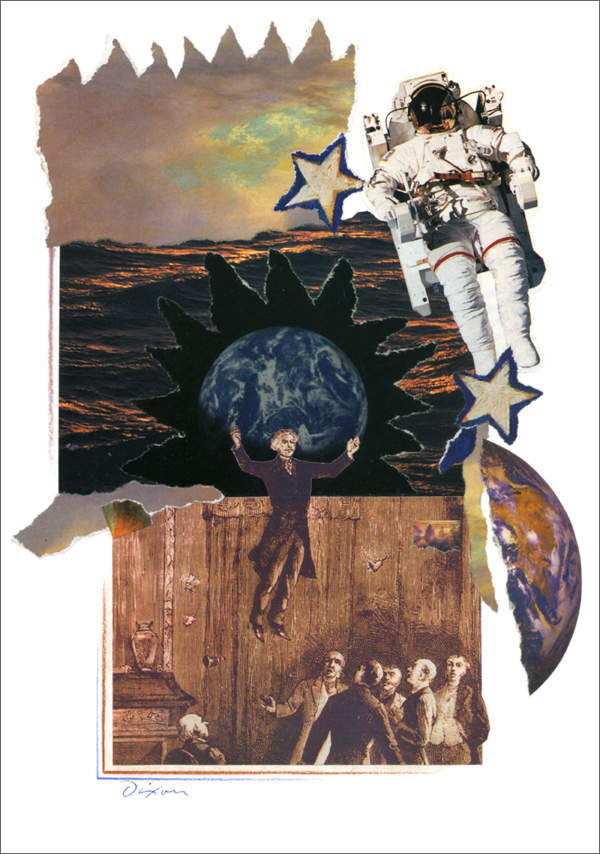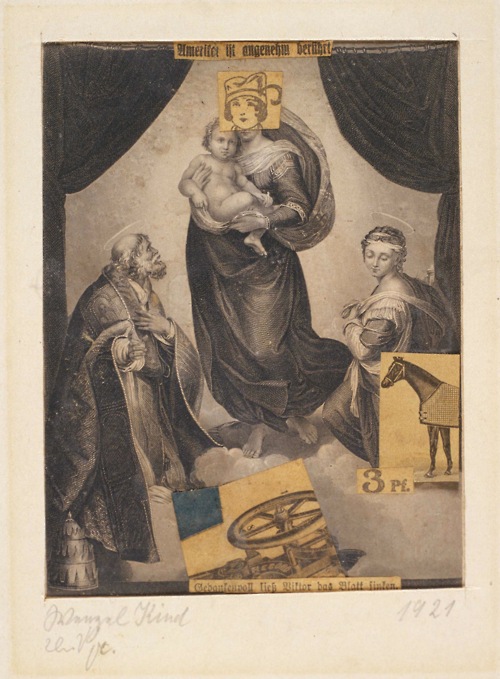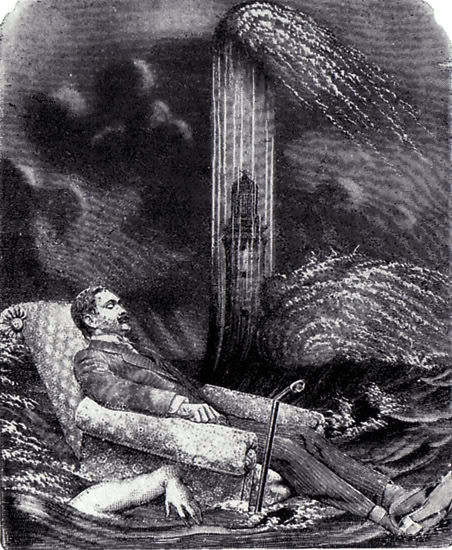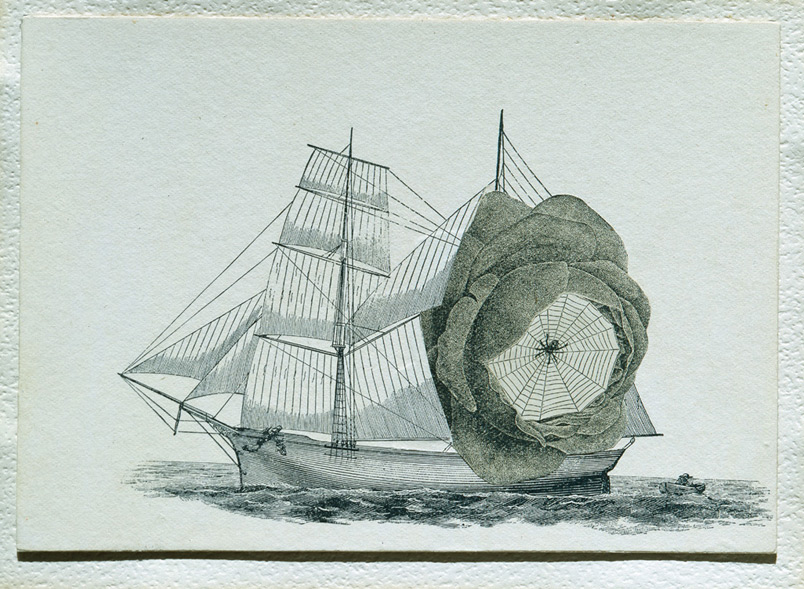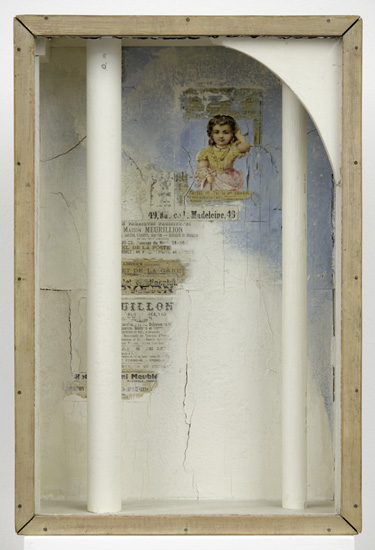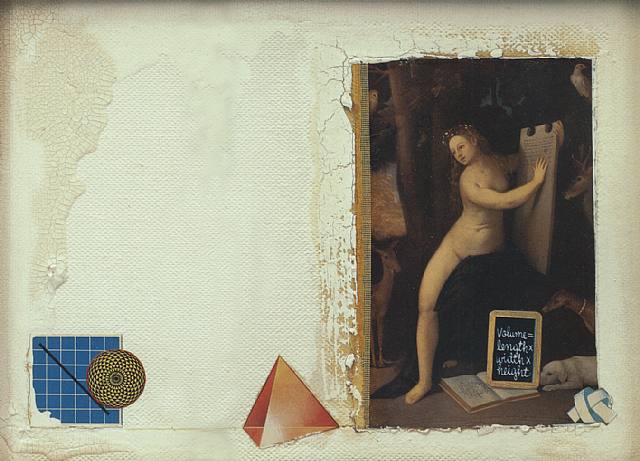“ . . . what I am hoping to do is discover if it is possible to separate nostalgia and collage art, or determine whether the two are inextricably entwined.”
— Joel Lambeth
In a blog entry last month, collage artist Joel Lambeth asked the challenging question, “Is collage inherently nostalgic?” It is one of the more provocative pieces about our medium that I have read this year, although a bit wordy in places. Admittedly, most working collage artists like us who maintain blogs that purport to be more than an online portfolio are not the finest writers alive, and I salute him for not choosing to approach the topic in a superficial way. Nevertheless, it is always risky to generalize about anything, but Lambeth cuts deeply into the subject to probe the history and heart of collage as an art form, and he manages to avoid a semantic discourse on the definition of the word “nostalgia.” His thoughtful viewpoints have sparked a desire on my part to weigh in (with what also may prove to be an entry more verbose than usual).
The groundbreaker Max Ernst worked with vintage engravings, perhaps to emphasize his anti-traditionalist intentions.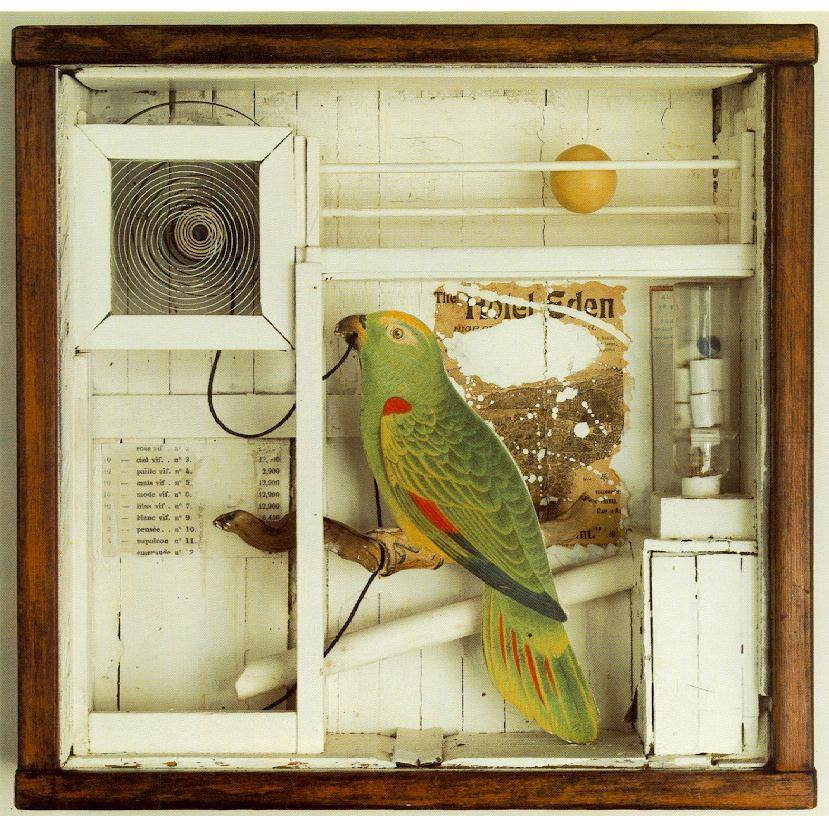 He influenced Joseph Cornell, who captured feelings of personal nostalgia with innovative effects that were as cutting-edge as they were fixated on musings about the past. When analyzing collage artwork with respect to the idea of nostalgia, we must take into consideration the artist’s motivation in addition to the overall character of the medium. When I look at current examples from the daily waves of creative output, it is clear that nostalgia in collage plays out along a spectrum or continuum like nearly every other feature of the process, whether it be minimalism/maximalism, realism/surrealism, or representation/abstraction.
He influenced Joseph Cornell, who captured feelings of personal nostalgia with innovative effects that were as cutting-edge as they were fixated on musings about the past. When analyzing collage artwork with respect to the idea of nostalgia, we must take into consideration the artist’s motivation in addition to the overall character of the medium. When I look at current examples from the daily waves of creative output, it is clear that nostalgia in collage plays out along a spectrum or continuum like nearly every other feature of the process, whether it be minimalism/maximalism, realism/surrealism, or representation/abstraction.
It is surprising to me how many contemporary collage artists work exclusively with old ingredients, but that does not mean necessarily that their agenda is merely to traffic in sentimentality. Sara Caswell-Pearce and Nancy Gene Armstrong are among those who appear to harness nostalgia as a conscious objective in their work while achieving a broad balance of artistic creativity. Many collage artists, such as Carolina Chocron, Nikki Soppelsa, Ross Carron, Fred Litch, Laura Collins, and Frank Voigt are more apt to generate nostalgic tones as a byproduct of incorporating vintage ingredients into strong compositions. Only these individuals could clarify to what degree they actively try to convey impressions of an era gone by. The versatile Zach Collins and Randel Plowman, although they frequently work with obviously old paper, both seem to be engaged in ongoing visual investigations more primary than any sense of nostalgia embedded in their finished works.
Lambeth compares the nostalgic impulse to the process of collage itself and concludes by suggesting “that at a very base level collage and nostalgia have more in common than they do separating them.” He acknowledges the contemporary effort to transcend the inherent bias that the medium may have toward nostalgia. Perhaps he, Marc Deb, Launa Romoff, Andrew Lundwall, Teri Dryden, and numerous other artists are making the push beyond any fundamental nostalgic essence. If so, collage, after more than a hundred years, is cycling back to its roots, when Kurt Schwitters, who always considered himself a painter, became convinced that the pasted detritus of his environment was equally as legitimate as a brushstroke of oily pigment.
Midnight Gambol: Or Why The Bees Slept In Every Morning
mixed-media collage by Sara Caswell-Pearce
A Boy and a Swan
collage by Nancy Gene Armstrong
descosiendo el cuadrilátero
collage by Carolina Chocron
Napoleon shows his hand
collage by Nikki Soppelsa
untitled
collage by Fred Litch
Nubecula Cum Ovi
collage by Ross Carron
Jump
collage by Laura Collins
untitled
collage by Frank Voigt
141zc14
collage on wood panel by Zach Collins
August Night
collage by Randel Plowman
Ripping It Up
collage by Joel Lambeth
Imperfect Parallels
collage by Marc Deb
the parrot (detail)
mixed-media collage by Launa D Romoff
Substance
mixed-media collage by Andrew Lundwall
9 Lives
mixed-media collage by Teri Dryden
